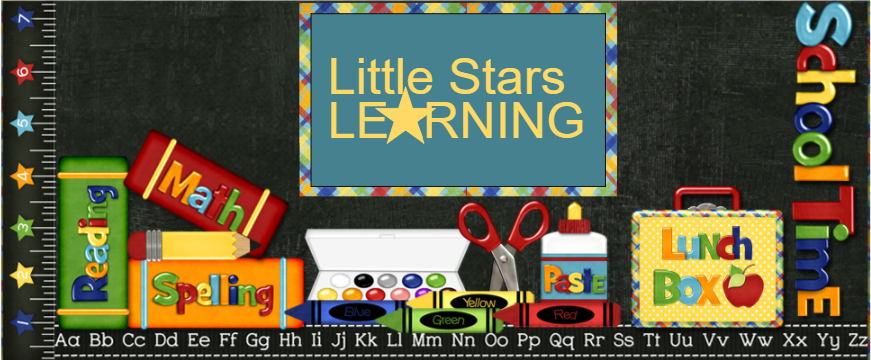My facility project du jour is organizing the pantry. When I emptied a cardboard cornmeal container in the morning into one of my fancy dancy new plastic containers, I cleaned it out reasonably well and tossed it into the dramatic play area, to be played with until mutilated beyond recognition. Any viable container is initially disposed of in this manner.
An empty cardboard container is one of those loose parts with endless play options...baby doll bed, stuff it up and carry your treasures around, something to step on and crush, put blocks inside and the lid on to make a great shaker, and of course, use it as a drum in multiple fashions by hitting the lid, or bottom, banging it with blocks or crayons or a variety of other improvised drumming accouterments.
Today, Miss H brought the cornmeal container back to me a few minutes later and said,
"Miss Connie...What shape is this?"
"That, my dear, is a cylinder."
"Oh." And she walked off, with me thinking that was the end of it.
"Miss Connie!! I want a cylinder, too!"
"Me too!"
And again, one of those cherished teaching moments blossomed from nothing into a wonderful opportunity.
Luckily, I had several containers I could manage to part with for them. So we got out the bigger ones, pawned the smaller ones off on the little kids, and I took the paper labels off so they could personalize them with coloring.
 |
| Miss A & Mr. G 32 months, Miss H 3 1/2 |
- Colored them
- Created a drum corps
- Compared/contrasted
- Sorted by size large to small and small to large
- Counted and ordinal counted
- Grouped by size
- Experimented with how they could be nested
- Stacked them as high as possible, using help as needed [before knocking them down of course!]
- Stacked them in a graduated pyramid
- Played store
These children now know, undoubtedly, what a cylinder looks like, feels like, and operates...and all we did was play. Tags: math, shapes, geometry, kindergarten, preschool, child, care, daycare, childcare, homeschool, gross motor, fine motor























